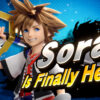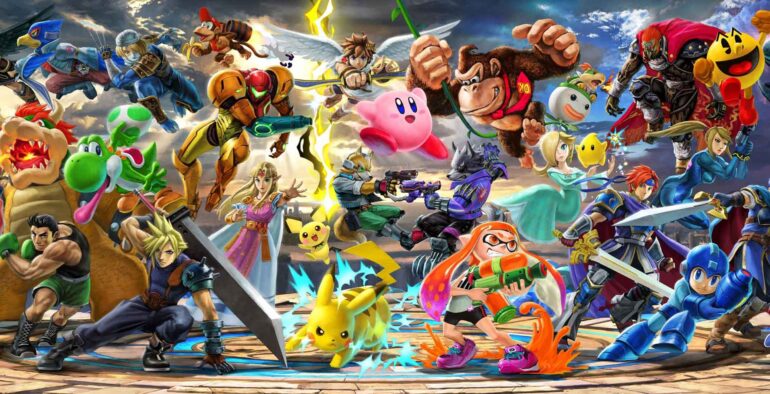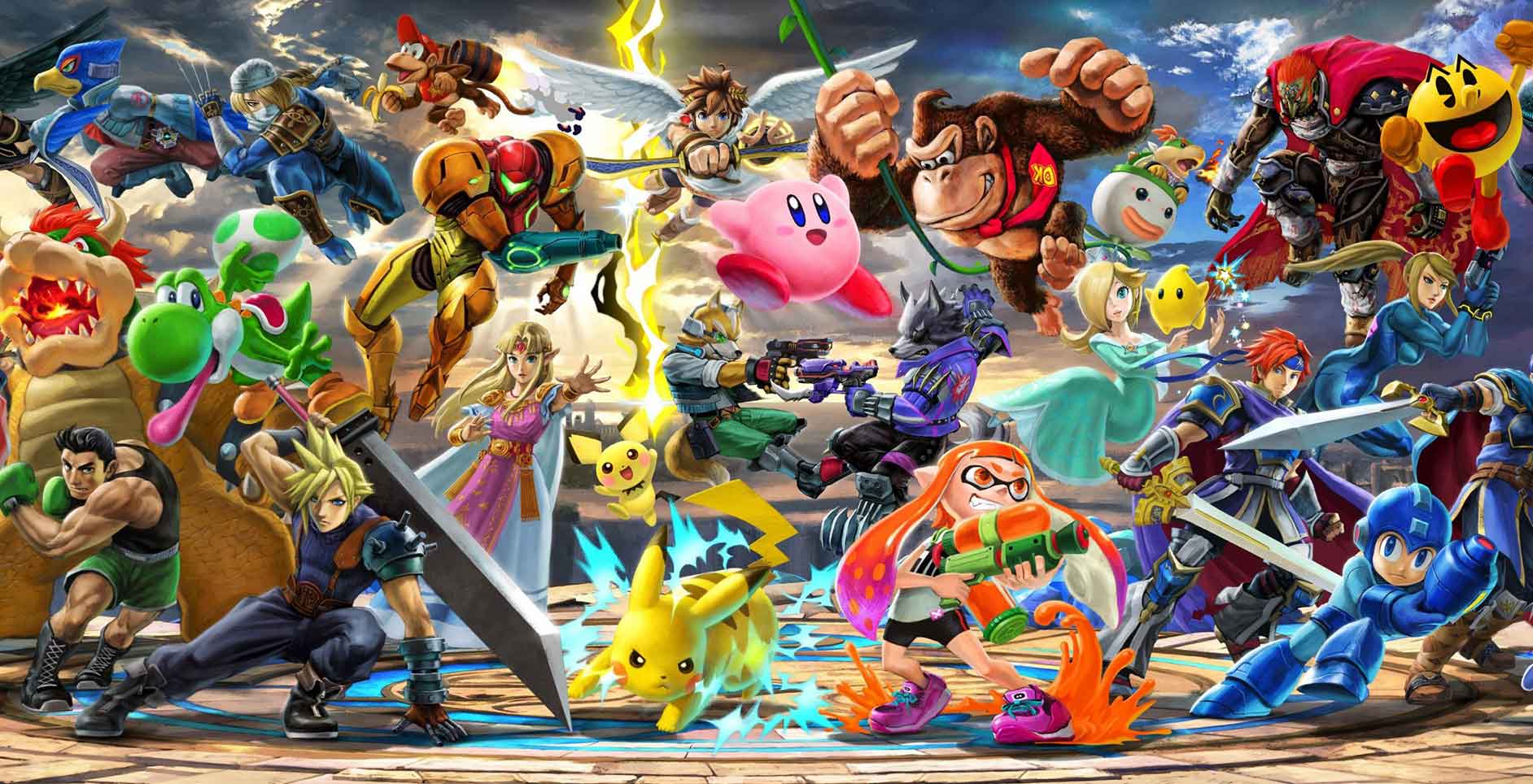I’ve played every Super Smash Bros. game since they began all the way back on the Nintendo 64, but I can’t say that I’ve ever found myself hugely addicted to them. Don’t get me wrong, I’ve always had a great time with it, but I’ve never quite been on the same level as those dedicated fans, putting hundreds of hours into the game across huge time periods.
Super Smash Bros. Ultimate changed all that. Starting with a measly roster of the eight original characters from the first game, on the Switch you now unlock all sixty four characters at a consistent pace. This is the best decision that Nintendo could have made with designing this game. Having over fifty characters from the start would be overwhelming and slowly unlocking each one gave me a greater appreciation for their diverse movesets and play styles. As such, it’s incredibly obvious and encouraging to see the huge amount of detail that the Sakurai and his team have put into each character.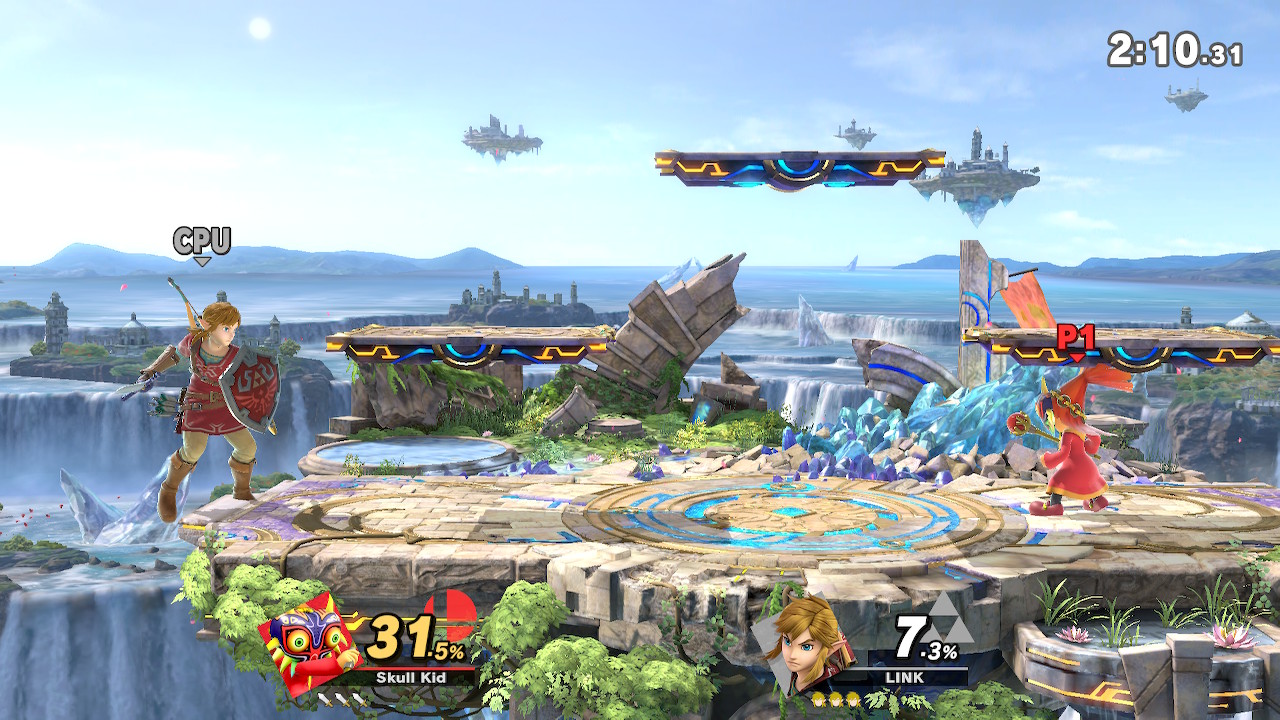 As a kind of compromise for all the unlocking you’ll have to do, every one of the game’s 103 stages are available from the get-go. The huge amount of stages is especially impressive when you consider each one has three different versions to play around with, which goes a long way to stop the game from being repetitive, even when playing solo.
As a kind of compromise for all the unlocking you’ll have to do, every one of the game’s 103 stages are available from the get-go. The huge amount of stages is especially impressive when you consider each one has three different versions to play around with, which goes a long way to stop the game from being repetitive, even when playing solo.
When you do unlock all the characters, however, you’ll be amazed just at how much of a variety there is. While it’s annoying to see so many Fire Emblem representatives with so little variation, the rest of the roster is fantastic. The newcomers, in particular, are well rounded and just as viable as the other characters with none of them falling flat or really missing their mark. It’s hard to think with so many characters already that six more could feel so unique and different, but they do and they’re a joy to play.
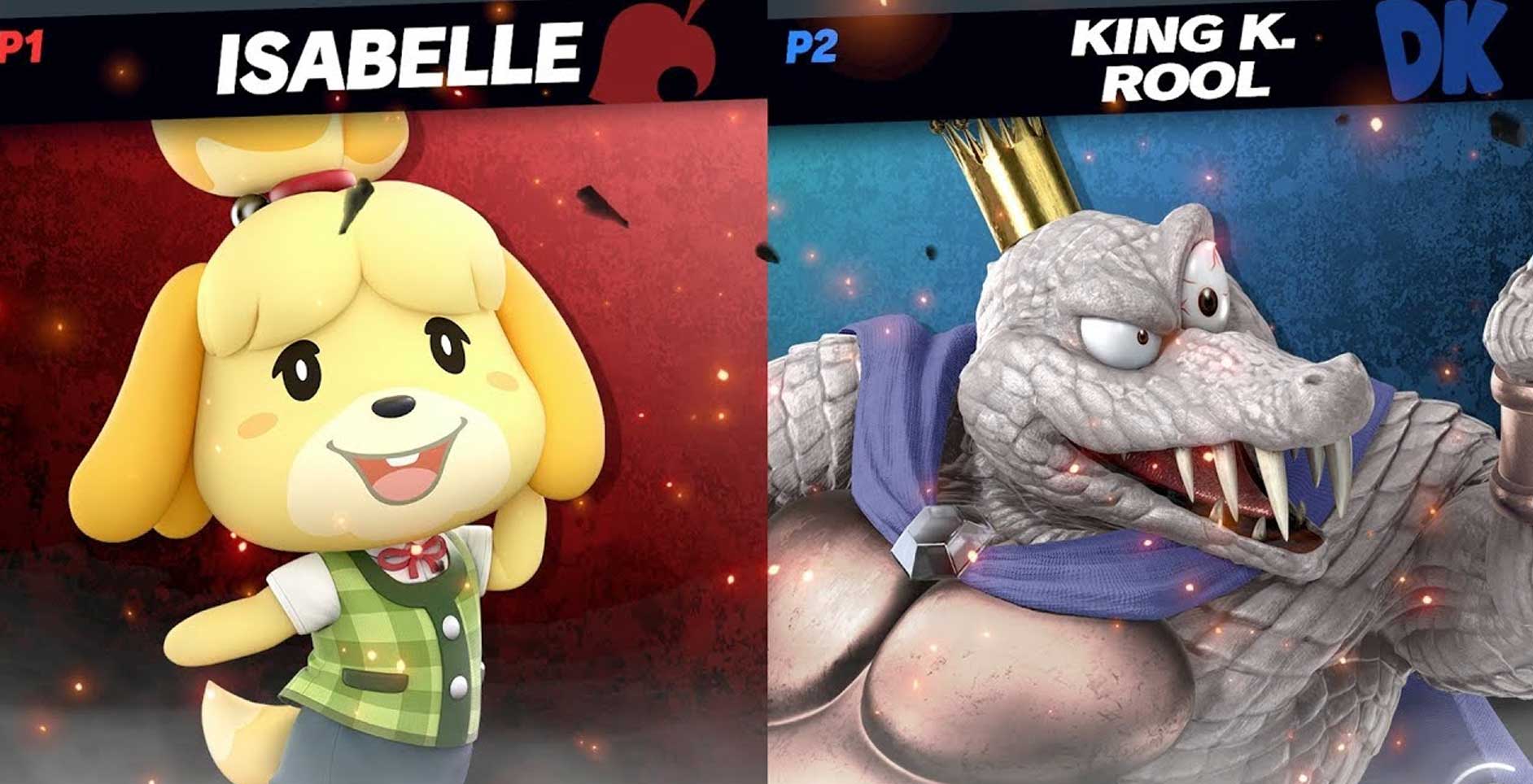
King K.Rool and Isabelle in particular feel like great additions. King K. Rool is extremely weighty and his cannon as well as his gut deflect are really powerful and make for great fighting. Isabelle is very similar to Villager but her fishing rod adds a lot as you’re able to time it perfectly from a far and do a lot of damage to your opponents.
Existing characters have also been tweaked in some way with pretty much every character having some change of some sort. Link has been completely overhauled, as an example, and now plays very different to Young Link and Toon Link who play similarly but feel well differentiated. Where others don’t vary that much – such as the echo fighters like Daisy and Dark Samus – they’re visually and audibly different enough that they feel unique anyway.
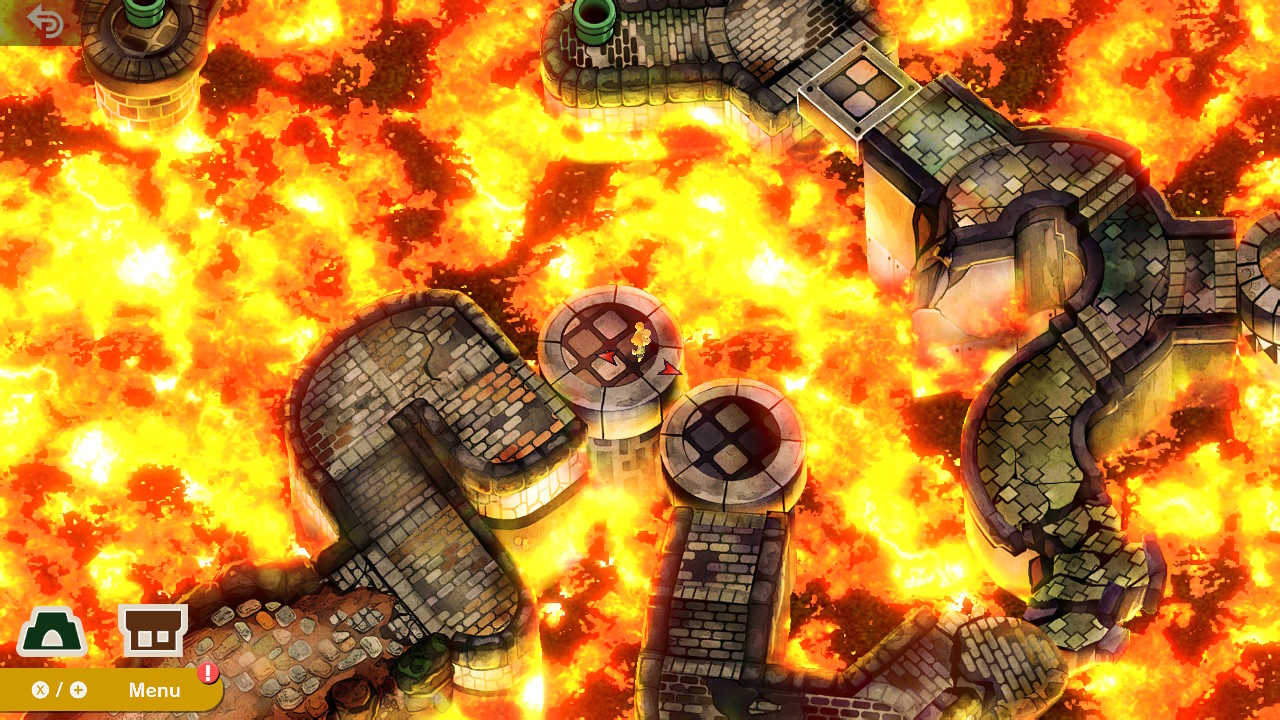
Based on the previous Nintendo Direct presentations, I was worried that the solo content would be lacking, which is the only content I was able to access over the pre-release period as online is not yet live. Thankfully, I was very wrong and there’s heaps of stuff to play around in with Super Smash Bros. Ultimate.
World Of Light sounded incredibly convoluted and confusing in Nintendo’s latest Direct, but it’s a great mode. You start with Kirby and you’re tasked with making your way through a massive over world (reminiscent of a massive Mario Party board). The main objective is to awaken more characters, but there’s a surprising amount of depth to the mode. I was surprised when I opened up my menu to find that there was a complete skill tree bespoke to this mode.
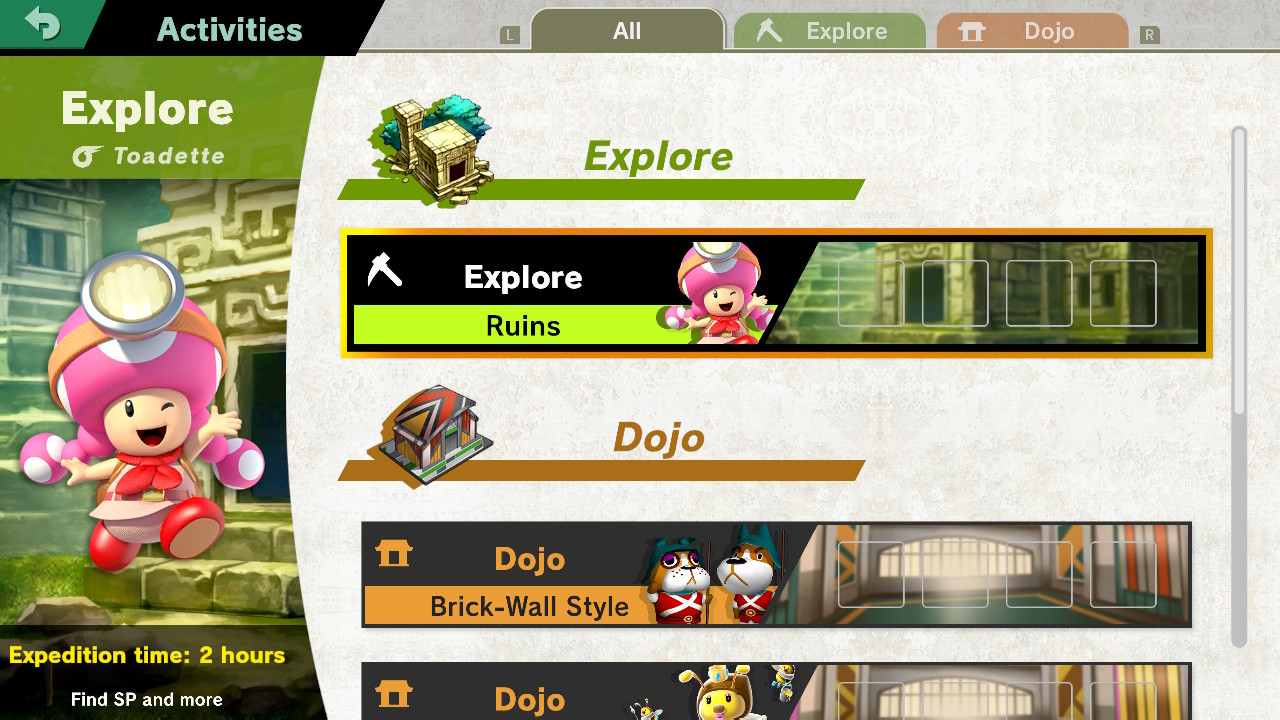
Whilst the fights do get a little repetitive (although there’s a great mix of conditions to spice things up), there’s different dojos where you can level up your spirits, shops to buy spirits as well as separate areas to explore within the map. It was when I came across Bowser’s Fire Lair that had 10-15 fights, its own soundtrack and Mario themed little world that I realised just how much love and care had been put into this mode.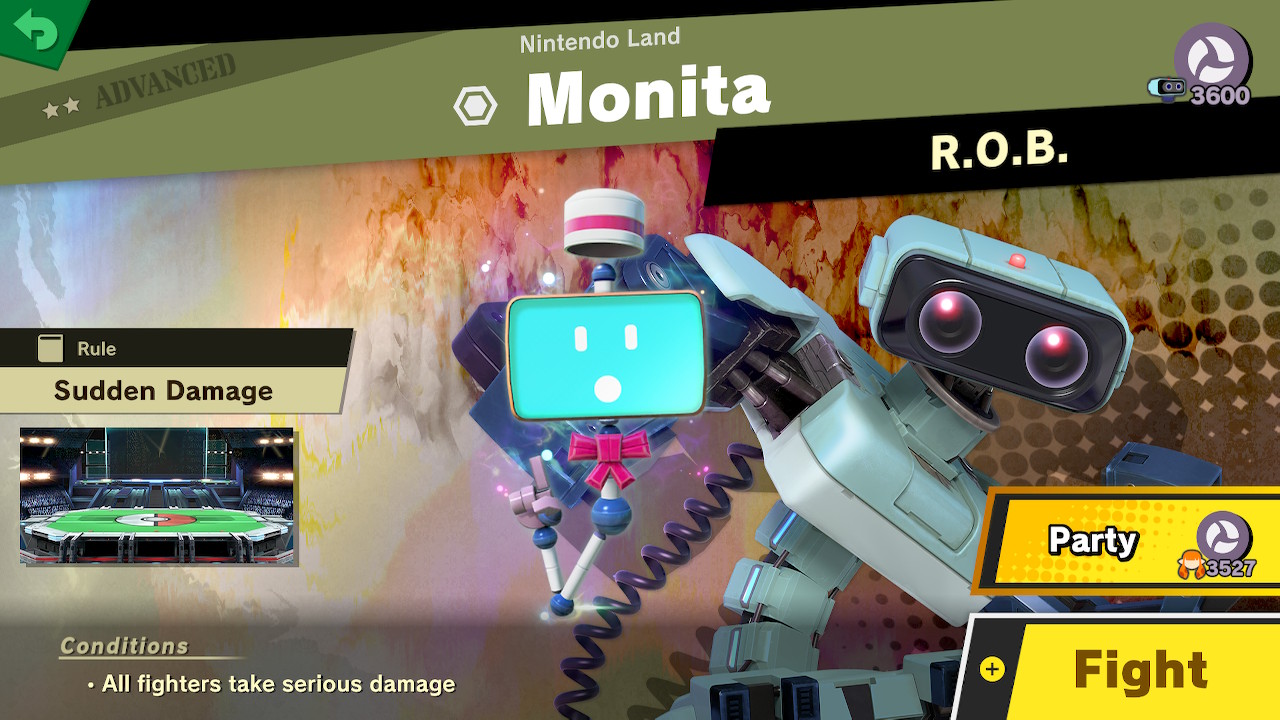
Initially, I found the Spirits to be a little bit underwhelming, though the more time I put into it the more I found myself becoming invested. There’s a few different types. Primary Spirits (which can be attack, defence or neutral flavoured) can level up by fighting with them equipped or by feeding them food you earn. Secondary Spirits are where the main fun is – most have abilities that change up how you play. Some are resistant to wind, some let you begin a fight with a certain weapon, others reduce a type of damage too. There’s heaps of them, and these really change each and every fight, adding a sense of strategy to how you use your loadout to better your fighting technique.
You can also earn Spirits (there’s literally over a thousand) by completing challenges or through the Spirit Board. This is an ever changing board of spirits that are basically quick fire fights that have a variety of conditions (ie. Kill your enemy in under 30 seconds under sudden death conditions) attached to them. They range from easy to hard, but if you lose that spirit will disappear from the board.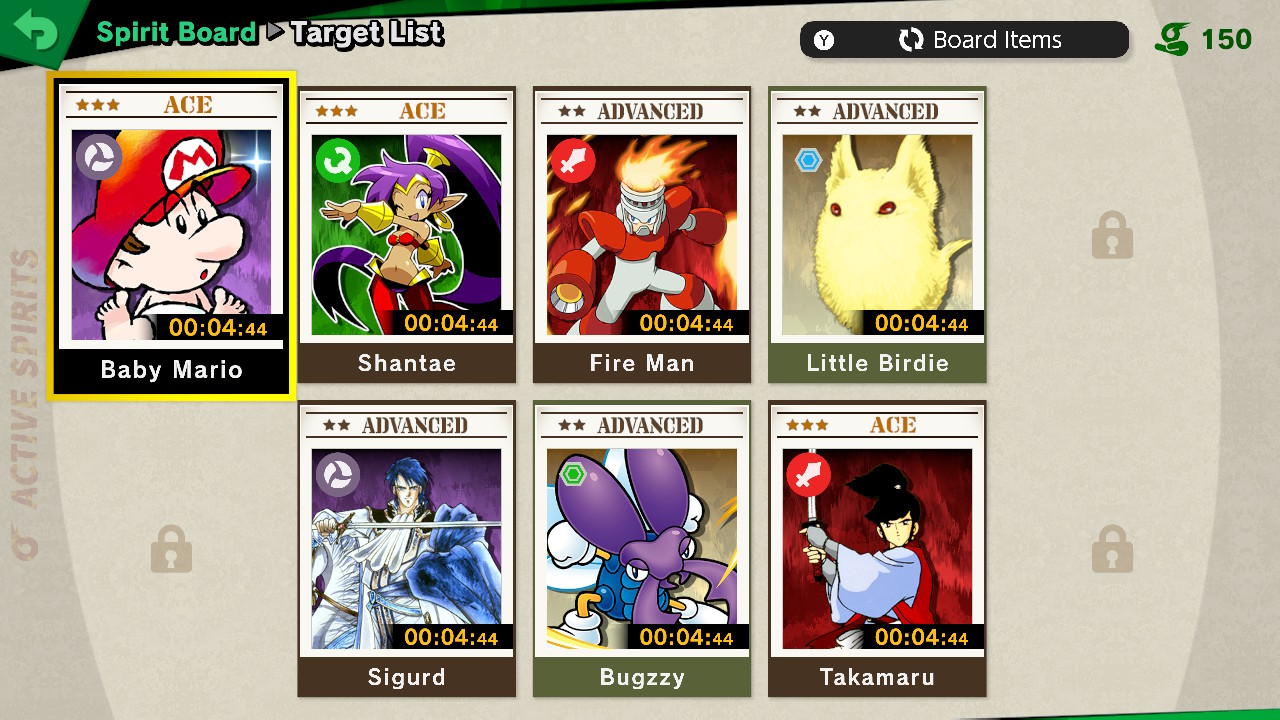 Classic Mode is the other major improvement and is easily the best version we’ve had thus far. Each fighter has their own path and story mode with a specific set of fights. Obviously, there’s some crossover, but each character has an endpoint in Classic that makes sense and feels unique. Wolf only fights people who didn’t appear in Smash Bros. 4, while Solid Snake’s path culminates with a battle against Galleom in the Shadow Moses hangar. They’re clever little touches that make each path fun to play, and they’re the right length too.
Classic Mode is the other major improvement and is easily the best version we’ve had thus far. Each fighter has their own path and story mode with a specific set of fights. Obviously, there’s some crossover, but each character has an endpoint in Classic that makes sense and feels unique. Wolf only fights people who didn’t appear in Smash Bros. 4, while Solid Snake’s path culminates with a battle against Galleom in the Shadow Moses hangar. They’re clever little touches that make each path fun to play, and they’re the right length too.
Whilst you’ll probably spend most of your time in Classic Mode and World of Light, there’s a plethora of customised modes. Squad Strike will have you pitting 3 or 5 characters against each other, which requires a good amount of strategy in working out when to send out each character. Smashdown has you trying to defeat every single character in the roster at varying levels of difficulty.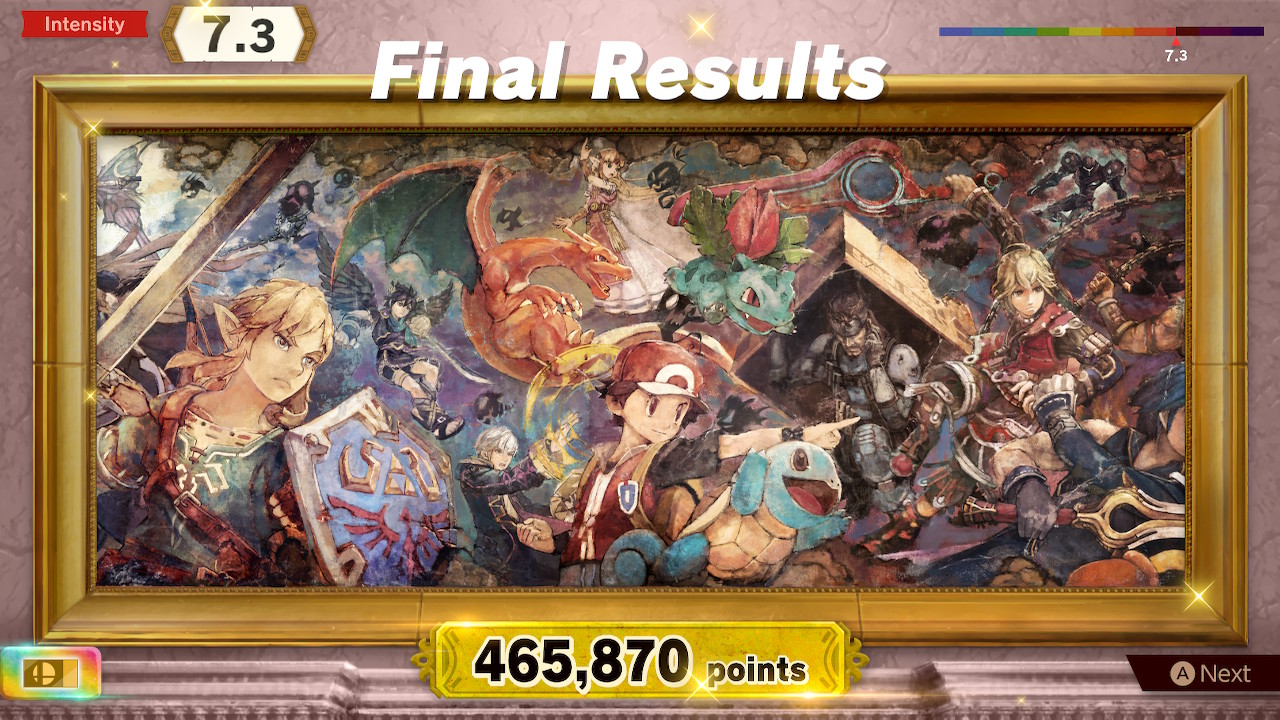
The big thing about Ultimate is that there’s just so much depth in every little nook and cranny of the game. I know it sounds crazy but I spent hours upon hours in the Help section just going through the detailed move lists for each character. It’s clear that Ultimate is a true passion for the team, so much love and care has been put into everything and to think six months ago that people thought this was going to be a port is just crazy having seen how much the team has delivered in every aspect.
One of the more disappointing aspects of the game is the use of the amiibo. I was really disappointed with how they worked in Super Smash Bros. 4, and the functionality is pretty much the same here. You can train up your fighter as before, but it just feels so redundant now given the role of Spirits in the game.
